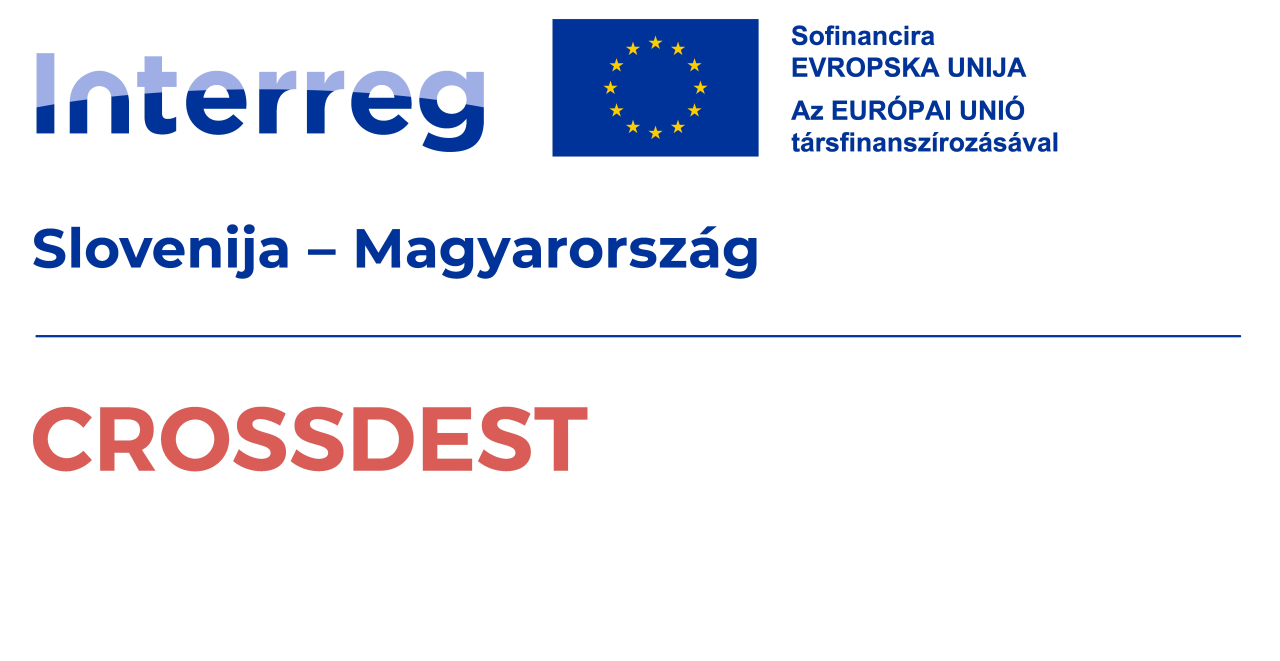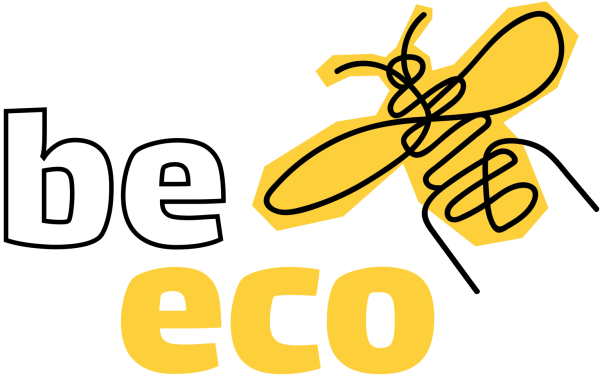Mátraverebély-Szentkút
Due to the increasing number of pilgrims arriving at Szentkút, a church was built in Verebély in 1210, from where processions started to the spring in the Szentkút valley. In 1258, the church received permission from the Apostolic See to become a pilgrimage site. By the 1400s, it was one of the most visited pilgrimage sites in Hungary. In the 16th century, the settlement of Verebély was destroyed following the Turkish invasions, but between 1650-1660, the Franciscans from Gyöngyös obtained permission from a Turkish pasha to hold pilgrimages. Since 2000, the sacred statue has been clothed. Around 2010, approximately 200,000 pilgrims visited annually. Due to the renewal of the Mátraverebély-Szentkút National Shrine, for half a year in 2014, the famous clothed statue was housed in the Saint Stephen's Basilica in Budapest. The precious statue of the Holy Virgin returned to the shrine on June 7, 2014, during a Pentecostal mass. On September 5, 2015, the renovated shrine was inaugurated: the renovation aimed to create a unified architectural appearance and incorporated environmentally friendly operational technologies. The pilgrimage church, the monastery, the church garden, the outdoor mass site, the pilgrim house, new pilgrim accommodations, and a guest building were refurbished, and the area around the holy well was landscaped. The renewed outdoor altar's mosaic composition was created by Slovenian Marko Ivan Rupnik, a Jesuit theologian and mosaic artist.
Arrival
- Walk
- Horseback
- Bike
- Electric bicycle
Sights, programs
What will you find here?
-
Public area
Public transport
- bus
Parking information
- Paid parking available
- Paid bus parking available
Sustainability level
Topic 1: Destination Management 42%
- Visitor management: 40%
- Commitment and organization: 38%
- Design & development: 33%
- Monitoring and reporting: 0%
- Legal and ethical compliance: 100%
Topic 2: Nature and landscape 90%
- Nature and wildlife protection: 100%
- Nature and conservation: 80%
Topic 3: Environment and climate 50%
- Land use and pollution: 83%
- Water management: 40%
- Energy, sustainable mobility and climate change: 14%
- Adaptation to climate change: 50%
- Waste and recycling: 60%
Topic 4: Culture and traditions 100%
- Cultural heritage: 100%
- People and traditions: 100%
Topic 5: Social Welfare 51%
- Health and safety: 50%
- Local economy: 60%
- Socio-economic impacts: 0%
- Community participation: 75%
- Human dignity: 71%
Topic 6: Business and Communication 44%
- Business participation: 22%
- Information and marketing: 67%


















